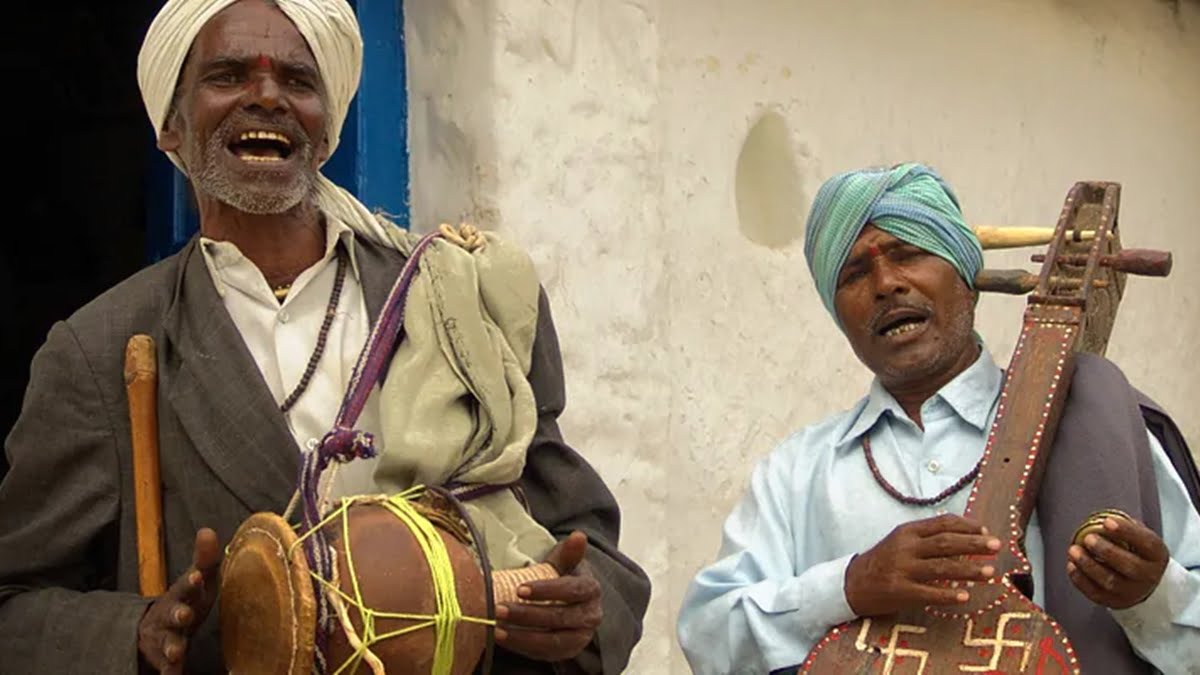Posted by Zeba Vagh
During the pandemic, an important aspect of the society is has been overlooked is the difficulties the artistes must be facing. Not the mainstream artistes, a lot of who have the privilege to release their work on OTTs, but the folk and theatre artistes, the storytellers, and the classical music and dance performers. What happened to them during COVID-19, especially in the daunting economic crisis that everyone is faced with right now? Without their usual audiences, without the tourists filling into Munnar in Kerala to watch the infamous martial arts stunts, what happens to them then?
These artistes were struggling to keep their art forms alive even before, no thanks to how rapidly the meaning of entertainment and art was changing due to globalisation and now with the COVID-19 hit, everything has come to a standstill during the epidemic, work, weddings, music and dance concerts, theatres, and while some of them could somehow survive this pandemic, largely it will take some time for the indigenous art forms to get back on their feet.
Also read: Many In India Are Using The COVID-19 Pandemic As A Chance To Defend Untouchability
This would be a hard time for all the artistes, especially the folk and local artistes living in India, and that is exactly what happened, because for a month now, many Parai artistes, folk singers, dancers, street theatre actors, instrument makers, percussionists, light and sound technicians and travelling drama troupes have had no source of income.
Manimaran, a Chennai-based musician, had initially thought that the lockdown would be for a short while and so he had written on Facebook: “Kaiyyenda maatom, kalaiyyenduvom,” which meant that they will not beg for a living but will continue to produce music, but soon his optimism waned and he realised that this would be a hard time for all the artistes, especially the folk and local artistes living in India, and that is exactly what happened, because for a month now, many Parai artistes, folk singers, dancers, street theatre actors, instrument makers, percussionists, light and sound technicians and travelling drama troupes have had no source of income.

Mysore, considered the cultural hub in Karnataka, usually bustling with classical dance and music shows at open theatres and Jagmohan Palace, has gone silent too.
Which is why it was a respite when TM Krishna, popular Carnatic vocalist and author, set up a COVID-19 Artistes fund. To raise money he live-streamed a shut-in concert on March 29 alongside with a classical violinist Akkarai Subhalakshmi, mridangam vidwan B Sivaraman and ghatam player N Guruprasad. The concert raised 9,00,000 rupees as a seed funding for struggling artistes. But other cultural hubs like Mysore, Kerala, Andhra and Telengana have not seen any sort of collective effort like this to help folk and local artistes in their states.
I remember Mumbai too as a place vibrant and famous for its live theatres, I remember the first live theatre I had gone to see with my nana and my mother at Prithviraj theatre, it was an exhilarating experience and planted in me a never-ending love for theatricals, to Broadway shows like Wicked Abroad and local shows that took place in Mumbai. While some artistes, especially those with a mass appeal, will survive this epidemic, artistes and actors performing in live theatres will not be able to survive, but what about those artistes who can’t even afford to do that. Like in the case of the harmonium player Suhas Das (name changed) from Howrah who had attempted to end their life because of the lack of resources to survive.
While some artistes, especially those with a mass appeal, will survive this epidemic, artistes and actors performing in live theatres will not be able to survive, but what about those artistes who can’t even afford to do that. Like in the case of the harmonium player Suhas Das (name changed) from Howrah who had attempted to end their life because of the lack of resources to survive.
Also read: COVID-19: How The Pandemic May Increase Human Trafficking in India
In Maharashtra, Dhangari Gaja dancers, who perform the vibrant traditional folk dance of Maharashtra, look forward to this season every year. “It is generally a peak season for us as this is the time of marriages, fetes, festivals throughout the state. Then from June to Diwali is off season when we take up part time farming,” said Anil Kolekar, the founder of Dhangari Gaja Artistes group in Sangli, Maharashtra.
It is important for us, as people fortunate to have social as well as financial capital and in a position to actually bring about change, to reflect on whether economic wealth is all that makes a country? Doesn’t its culture and art play a vital role? Many artistes, folk artistes and classical art performers belong to small villages and for them, the future looks gloomy, unless there is an emphasis laid on solidarity that could bring help for these artistes in whatever little ways.
Zeba Vagh is pursuing her degree in screen writing from Whistling Woods Mumbai International. An aspiring writer, her work has been published with the Live Wire. She can be found on Instagram.
Featured Image source: YourStory
About the author(s)
Zeba Vagh is pursuing her degree in screen writing from Whistling Woods Mumbai International. An aspiring writer, her work has been published with the Live Wire. She can be found on Instagram.




